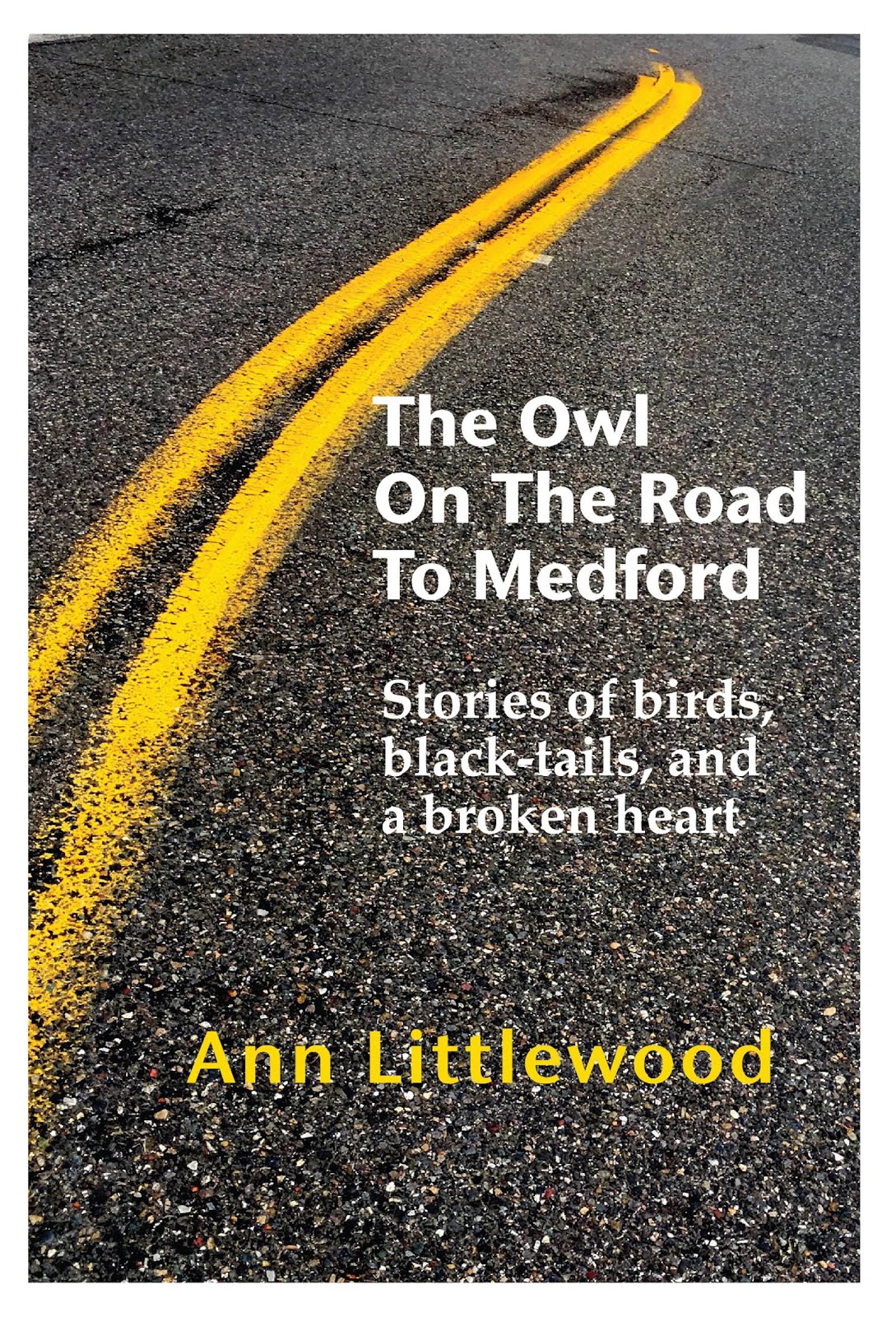Mexico pops my rosy little bubble, as did Cambodia and Thailand. The Mexican neighborhood where my father-in-law lived is on the periphery of the middle-class city of San Miguel de Allende. Only recently have some of the streets been paved. Little brick houses with corrugated metal roofs nestle up to beautiful haciendas built by foreigners. Street dogs run loose, except for the few that are still kept as "roof dogs", stranded on the roof to bark at intruders. If cats live here, they are invisible.

The street dogs are un-neutered, dirty, and sometimes injured. Some are wary of people. They are also alert and busy, interacting with each other, playing, arguing, mating, searching for food, roaming free. I suspect they lead the very same life that dogs have lived alongside humans for thousands of years. It's impossible to imagine them as child-substitutes or adornments or status symbols. They are Dogs, capital D. For the most part, they don't even seem to be companions to people. They have all that freedom, but none of the care that I and my neighbors consider essential to a dog's well being. They probably don't live very long.

No burros on this trip, no dawn serenade of hee-haws, and only a few distant roosters to fill the gap. A filly grazed while tied to a tree down the street, a long-horned cow roamed at the upper end. During the Monday market that lines both sides of the street, a woman sold used clothing and wild birds. The top two looked like house finches. I couldn't identify the one on the bottom.

This Mexican neighborhood is being gentrified and beautified. Eventually, when the recession passes, the rest of the streets will be paved and construction of nice little houses and big gorgeous mansions will begin again. The street market may or may not endure, but the livestock will probably move on. If I return in a few years, perhaps the street dogs will be gone and I'll see only dogs on leashes. But no matter the how much the neighborhood upgrades, I doubt people will be prepared to discuss the merits of duck-and-potato dog food.
Technorati Tags:
San Miguel, street dogs




















